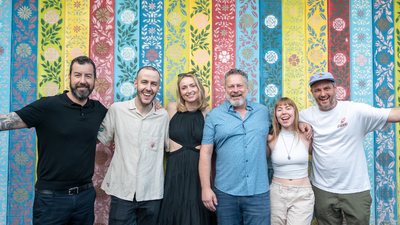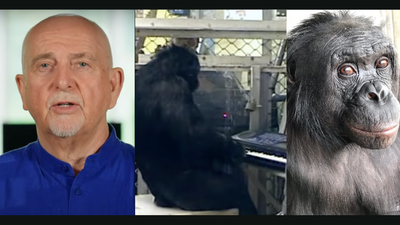“I tried contacts,” she explained to FloGymnastics.com in a recent interview, “but they made my eyeballs dry, and when I got stuff in my eyes, I had to take them out and put them back in.”
Adopted as a toddler from China, Hurd counts herself lucky for the “village” of people — her mom, coaches, teammates, and fans — who surround her with love and support.
At First State Gymnastics in Newark, Delaware, Hurd has been dedicated to achieving her dream of becoming an elite gymnast since joining the pre-team at 6 years old.
“From a young age, Morgan has been such a hard worker, taking at least twice as many turns as her teammates,” her coach, Slava Glazounov, told FloGymnastics. “You can tell she wants it. Morgan comes in every day ready to work.”
Outside the gym, she can be found watching Netflix, reading John Green’s new release, “Turtles All the Way Down,” and freaking out after J.K. Rowling sent a congratulatory tweet to her after her big win at the Worlds.
It’s easy to see how Hurd’s appeal in and out of the gym can be inspiring for athletes of all ages. But fellow bookworm, activist, and writer Keah Brown says athletes like Hurd can help push the conversation forward about what representations of champions and heroes look like in our culture today “simply by existing.”
“By performing in her glasses, Morgan is simply saying, ‘This is what I look like, and I’m still an athlete regardless,’” said Brown, who founded the #DisabledAndCute movement. “To see somebody who looks more like you doing something so extraordinary will make the person watching feel like anything is possible.”
Slate’s Josh Levin agrees. In a recent post he wrote in praise of Hurd, he said, “Those of us in the legion of four-eyed Americans can sometimes feel as if athletic prowess is a blurry, far-away thing. I now see that if I squint hard enough, I too can be the world gymnastics champion. Thank you, Morgan Hurd.”
In the tradition of her bespectacled athletic foremothers and forefathers -- such as the NBA’s all-time leading scorer Kareem Abdul-Jabbar, and tennis star Billie Jean King -- Hurd has a vision for much more positive change through sports. She recognizes that gymnastics is a language that can break down barriers between countries and cultures.
She wrote in a recent post on Instagram: “Although we all may not speak the same tongue, we have the same passion, and that is what brings us together.”




















 Music isn't just good for social bonding.Photo credit: Canva
Music isn't just good for social bonding.Photo credit: Canva Our genes may influence our love of music more than we realize.Photo credit: Canva
Our genes may influence our love of music more than we realize.Photo credit: Canva